UNESCO world heritage site from india--Kakatiya Rudreshwara (Ramappa) Temple,
The temple is named after the craftsperson who design the structure of the temple his name Ramappa.
History of Ramappa temple
Ramappa is the lord Shiva temple in a walled complex built with Sand box technology during the Kakatiyan period (1123-1323 CE) under rulers Rudradeva and Recharla Rudra.
The temple is named after the craftsperson who design the structure of the temple his name Ramappa.Construction of the temple began in 1213 CE.
Ramappa was built on star-shaped pedestal (orbital path) was made at a height of about six feet.The tower is made of lightweight porous bricks called floating bricks.If we put the brick in water it will float instead of sinking like regular bricks.These bricks reduce the weight of the roof structures.The high-quality artistic sculptures of the temple represent the local dance customs and kakatiya culture.
LOCATION OF RAMAPPA TEMPLE
Ramappa Temple is known as Rudreshwara(name of lord shiva).Ramappa Temple is located in the remotevillage of Palampet, Jayashankar Bhupalpally District approximately 65km from warangal and 200km from north-east of Hyderabad, in the State of Telangana.
Geographical coordinates are
Latitude: N 18° 15’ 32.88”
Longitude : E 79° 56° 35.54”
Highlights of the Ramappa temple
The lord shiva's lingam is in cylindrical shape, made of shiny black basalt. Basalt is formed by the rapid cooling of low viscosity lava.
They laid the foundation to a depth of 3 meters and filled it with sand. They always took care to stay moist. The temple was built by stacking stones on sand (sandbox technology) to withstand earthquakes.
The Shivalingam is clearly visible without electric lights in the inner temple.
The mahamandapam in front of the inner temple has four large black stone pillars. The outer sunlight reflects on the Shiva lingam when it falls on them and looks bright all day.
Another major attraction of the temple is the Nandi idol opposite the inner temple. Nandi seems to be waiting for Shiva’s command.
The Nandi idol looks like it is looking at us.
Seven musical notes are pronounced when the sculpture is touched with the fingers, which reflects the sound of the flute.
Three people in a sculpture have only four legs. But there seem to be different legs.
Although the entire temple is dark, the Ramalingeswara in the sanctum sanctorum is always illuminated.
There are beautiful sculptures depicting the dance forms of Sivathandavam, Sivakalyanam, Ramayana, Mahabharata and Purana epics.
The temple is surrounded by 12 Madanikas, Nagini and Koyastre sculptures in various poses.
Elephant figures line show the path leading to the temple.
They were built so that rainwater could drain out along the compound wall.
They built the Nandi idol in front of the sanctum sanctorum, Kameshwara on the right and Kateswara temples on the left.
Elephants were mostly used for temple construction.
The temple has many cultural, artistic and social aspects.
These sculptures tell the story of Shivaparvati's welfare with the epic epics Ramayana, Mahabharata, Kshyarasagaramata and sculptures.
Dance and martial arts are also carved in the temple. Perini Shivatandava dance art is taken from the sculptures in this temple.
what criterias made the ramappa as a world heritage site.
Ramappa Temple is the 39th World Heritage Site of India.This got recognised by UNESCO in year 2021.Ramappa is the first world heritage site in Telangana.
Criteria for nominating ramappa temple
Criteria (i)
Rudreshwara (Ramappa) Temple is a master craftsman of temple architecture in the Kakatiyan style.
Represent a human's work of exceptional creative excellence.
with the use of engineering innovation by creating floating light weight bricks, sand-box technology.
The Sandbox ( mixture of sand lime and jaggery) in the Foundation acts as a cushion in the case of earthquakes. Most vibrations caused by earthquakes lose their strength as they pass through the sand by the time they reach the actual foundation of the building.
The sculptures, evolution of temple art, sculpture and use of technology in material selection like black basalt, red stone, and white stone,made Rudreshwara Temple as master pieces of human creativity.
Criteria (ii)
Demonstrate an essential exchange of human values on innovations in architecture or technology, monumental arts, town planning, or landscape design over time or within a cultural area of the world.
Due to the strong advanced knowledge system of Kakatiya, the following traditions of Vijayanagara also demonstrate the interchange of human values.
This primitive developed method, human, animal, and geometric structures in most appealing proportions, creation of tree dimensional figures in an immaculate manner using tiny tools and implements, is a contribution to the human kind worldwide.This also resulted in the region's distinct architectural style, known as the Kakatiyan style, which is unique to the Telangana region.
Criteria (iii)
unique or at least exceptional testimony to a living or extinct cultural tradition or civilization.
The temple is a superb example of temple architecture progression, representing a stage of growth in temple building and construction science, technology, and art. The temple is a testament to the intricate materialisation of regional dance traditions and Puranic scriptures.

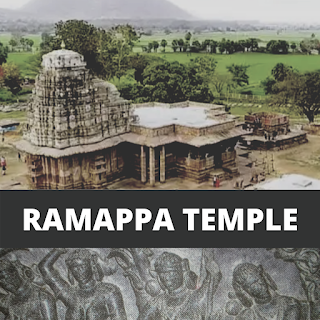
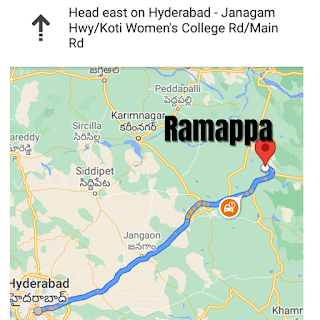
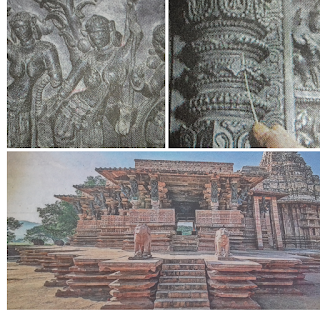
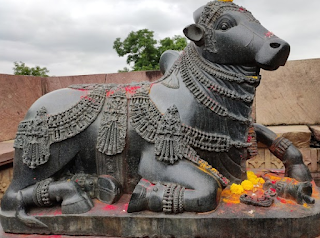
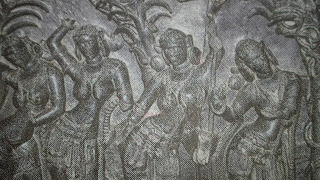




0 Comments